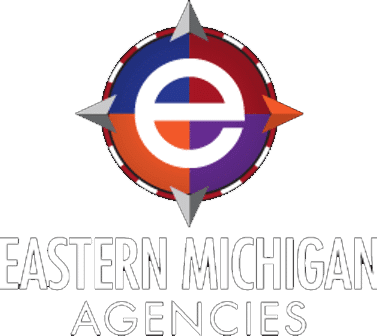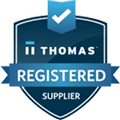As we stand on the cusp of 2024, the Occupational Safety and Health Administration (OSHA) has once again set a new standard in regulatory compliance, elevating it to a hallmark of operational excellence. The introduction of expanded record-keeping requirements heralds OSHA’s unwavering dedication to reinforcing workplace safety and ensuring transparency. This pivotal move demands a strategic and proactive response from organizations, which must cultivate an in-depth comprehension and precise execution of these enhanced standards.
Delving into the heart of OSHA’s 2024 enhancements reveals a suite of critical elements:
1. Broader Incident Reporting: The remit of reportable incidents has broadened substantially. Now, it’s not only the major accidents that need to be chronicled but also the minor injuries and near-misses.
2. Detailed Documentation: There’s a marked increase in the granularity of reporting required. Organizations are called upon to maintain thorough narratives of incidents, encapsulating the causative factors and the subsequent measures taken.
3. Digital Submission and Accessibility: A pronounced focus on digitization necessitates that records be maintained in an electronic format, streamlining access for OSHA inspections as well as for internal assessments.
The rationale behind this regulatory expansion is clear: these measures aim to foster an environment of greater transparency and accountability within workplace safety practices. Precise and comprehensive records are instrumental in pinpointing safety trends, sculpting preventative strategies, and facilitating prompt remedial actions.
For organizations to stay aligned with these requirements, several strategies have been proposed:
– Robust Record-Keeping Systems: Establishing and maintaining a record-keeping system that not only adheres to but also champions OSHA’s updated standards is essential. This system should seamlessly capture intricate details and store them digitally, balancing security with accessibility.
– Staff Training Programs: It’s imperative to thoroughly educate all employees on the updated record-keeping protocols. Training initiatives should comprehensively address the specifics of incident reporting, the nuances of accurate documentation, and the criticality of timely digital submissions.
– Technology Integration: Embracing technological solutions that are tailor-made for OSHA compliance can significantly enhance efficiency. The right software can simplify and fortify the recording, storage, and retrieval of safety records.
– Consistent Compliance Audits: Instituting a routine of regular audits of record-keeping practices is vital in ensuring steadfast compliance and pinpointing opportunities for improvement, all while preparing for OSHA inspections.
– Cultural Shift towards Transparency: Cultivating a corporate culture that prizes meticulous record-keeping and endorses open reporting of incidents and near-misses is crucial in advancing a collective commitment to safety.
The benefits of strict adherence to OSHA’s record-keeping standards are manifold:
– Elevated Safety and Health: A thorough record-keeping approach enriches the understanding of workplace hazards, fostering enhanced safety measures and reducing the frequency of incidents.
– Regulatory Alignment: Compliance with OSHA’s rigorous record-keeping protocols mitigates the risk of incurring penalties and entanglements with the law.
– Data-Driven Decisions: The data harvested from meticulous records offers invaluable insights for strategic decisions regarding safety procedures and educational programs, culminating in a safer, more efficient workplace environment.
In summation, the mastery of OSHA’s advanced record-keeping requirements for 2024 transcends the bounds of regulatory compliance; it’s a strategic endeavor toward cultivating a workspace that is not only safer but also founded on responsibility and transparency. By adopting these new standards, organizations not only align with legalities but also reinforce their allegiance to the protection and enhancement of their workforce and operational methodologies.







